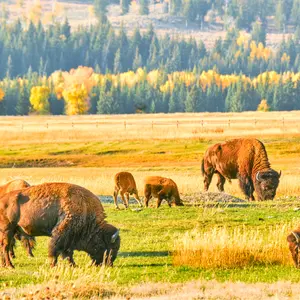

Complementary and Alternative Medicine (CAM)

Complementary and Alternative Medicine (CAM)
Lion's Breath
Lion’s breath is an ancient yoga breathing technique that may help alleviate stress and anxiety.
Known in Sanskrit as simha pranayama, lion’s breath is done by mimicking a lion’s roar: sticking out the tongue and letting out an exhale (“haaaa”). It can be incorporated into yoga practice, and is also helpful as a standalone technique.
Benefits of breathwork techniques such as lion’s breath include:
- Good for the lungs—A regular breathing practice can increase oxygen levels and improve lung capacity. One study on breathwork found that a regular breathing practice increases almost all lung functions.
- Relieves stress—Breathwork is a powerful tool for managing and reducing stress. Yogic breathing activates the parasympathetic nervous system (“rest and digest” mode), moving the body out of “fight or flight” mode, and can also help lower levels of the stress hormone cortisol. The facial movements involved in lion’s breath can also release stored tension in the face.
- Reduces anxiety—Lion’s breath may help boost feelings of confidence and lower anxiety. One study found that it may be especially helpful for those with social anxiety disorders.
Functional medicine specialist Melissa Young, MD, explains how to practice lion’s breath.
- Take a comfortable seated position with a straight back and hands resting on your knees or thighs.
- Inhale deeply through your nose for a few counts.
- As you exhale, breathe out through your mouth, sticking out your tongue and making a ‘haaaa’ sound. Your gaze should move gently upward, toward the ceiling.
- Repeat each round 5 to 10 times, taking a few regular breaths in between rounds as needed.
- End the practice by breathing deeply for at least a minute.
“Lion’s breath might feel sort of silly at first,” says Dr. Young, “but as you practice it, you’ll start to feel more comfortable and less inhibited.”
The related yoga pose, known as roaring lion pose or simhasana, is when you imitate a lion with the rest of your body, as well. Starting on the knees, settle your weight back with hips resting at your heels, and press your hands into the floor in front of you.
REFERENCES
Cleveland Clinic. (2023, April 19). King of the jungle: how to practice lion’s breath (and why it’s good for you). https://health.clevelandclinic.org/lions-breath/


 By
By







